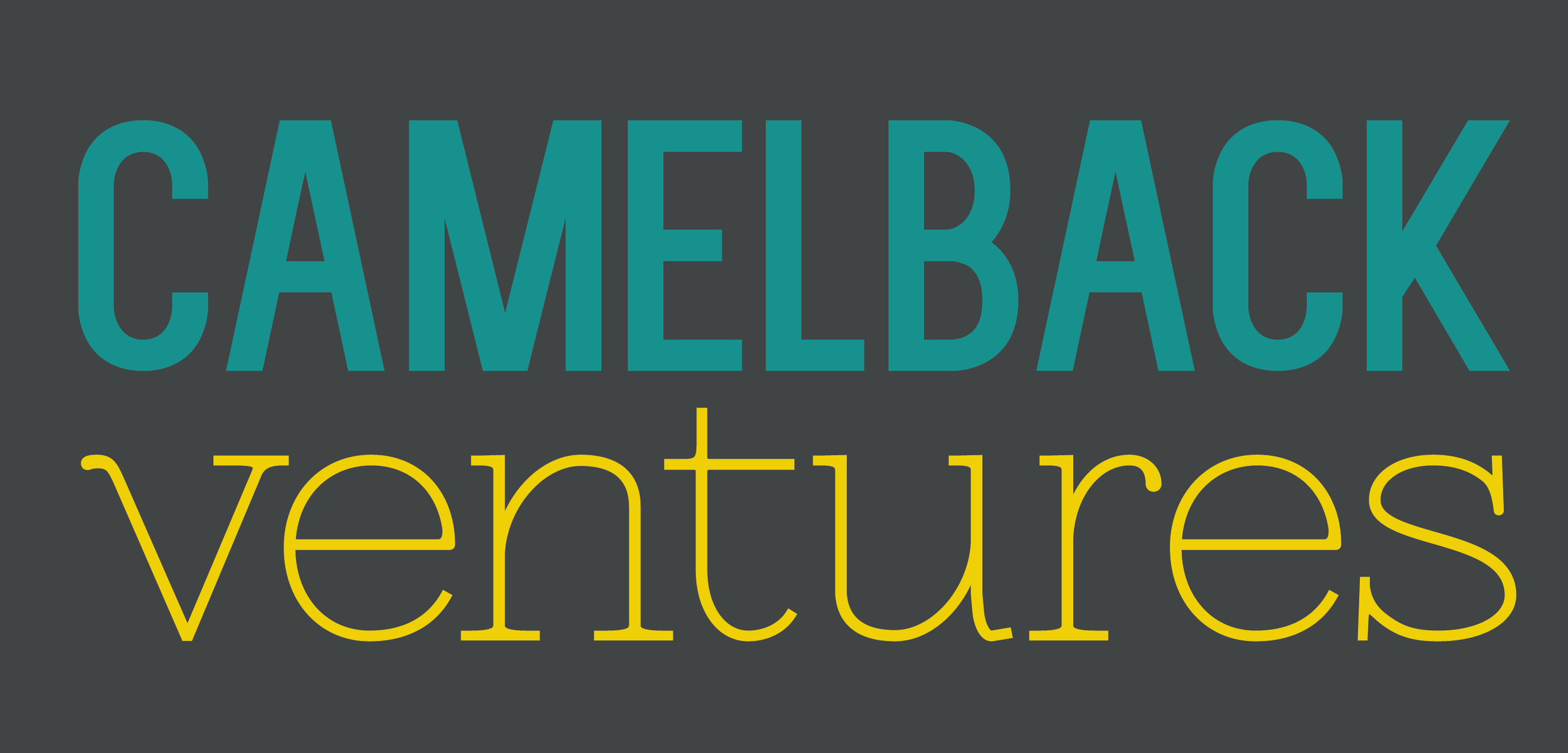What I Learned About White Leaders After Their Racial Equity Training
Over the past three years, I have worked as the campaign manager for an organization that has hosted race and equity trainings for over 1,200 participants in New Orleans. When I first started co-hosting these trainings I wasn’t sure what to expect. I had never participated in or even witnessed many conversations between white and Black people (individuals or in a group) that went “well.” Although in hindsight, I don’t think I ever entered a discussion about racism and inequity with a clear definition of success but more so a false sense of liberation. Yes, you hope to get your point(s) across in a meaningful way that resonates even after the conversation is over, but I can’t say if there was ever a true mutual expectation this would happen. Which is probably why said conversations always ended in frustration for both parties.
Our race and equity training target audience is system leaders – people in positional power who drive influence and decision making in their industries and/or communities (executives, philanthropic leaders, politicians, board members, etc). While we do our best to curate each session with a balance of diversity to ensure an enriched experience of perspectives, at least half the room is always white. To date, we’ve trained hundreds of white identifying leaders who drive power and influence in every industry of New Orleans (and beyond).
Over the past three years, I have worked as the campaign manager for an organization that has hosted race and equity trainings for over 1,200 participants in New Orleans.
These leaders attend our trainings for various reasons – goodwill, curiosity, checking the box, networking, because they were forced to sign up, the list goes on and on. There’s always the same set of characters in each session. There’s always that one white woman who insists racism and sexism are the same. That one white person who wants to prove how “woke” they are and dominate the conversation. That one white man who struggles with the possibility that bootstrapping is nothing but a myth and insists things are fine as they are. That one white person that just wants “things to get better” (subject to one’s own interpretation). But it’s all good. The power of an inclusive room is that the consideration of all introspections keeps the conversation honest and void of potential dominance from any one individual.
Once the workshop is over, there is always a bit more hope in the air that the newly established relationships and collective experience in the room will lead to collective action. But the inevitable happens: Someone always asks (really in the form of a demand), “Tell us what to do next!” Ugh!
Adopting a racial equity ideology is transformative. It’s not simply about what you do, but how you chose to live your life.
The first step in building an anti-racist society doesn’t start with a checklist. Too often a singular act (a company statement, a social media post, a donation, etc) makes white leadership feel like they’ve done their job. Adopting a racial equity ideology is transformative. It’s not simply about what you do, but how you chose to live your life. One training is just the beginning of what will be your life’s work. Having said that, I offer this advice.
Are you fixing the Groundwater or the Fish? Check out The Groundwater Approach from Racial Equity Institute. The framing of structural racism isn’t about right and wrong but cause and effect. Do you really understand the “why” of your purpose and its sustainable impact?
Racism is the deadliest disease in America and can’t be cured overnight. Don’t expect some DIY document with a prescription to fix racism. Even if one is offered to you, don’t believe the hype. You can’t prescribe without a diagnosis. So again, you have to commit to consistent learning and work. You have to get into the habit of normalizing conversations and practices in anti-racism. Don’t misunderstand, you may be called to action. But that one action most likely won’t serve as a panacea for the complex problem that’s trying to be solved.
Get over your hero complex. We ask attendees not to rush to solutions. Still, you can bet that once the session is over we will have a room of charged leaders insisting, “I’m a solution-oriented person so I can’t help but try to solve the problem.” That’s your ego. Systemic racism is complex and intersectional. You can’t do it by yourself.
Given my years of experience in trainings, I’ve come to welcome conversations on racism head-on. Given my role in strategic partnerships, I am constantly looking to align with mission-aligned organizations whose leaders are committed to building a sustainable generational inheritance and not just a desire to be “told what to do.” As far as my expectations when entering conversations with white leaders, I no longer have any. Instead, I look for the expectation they have of themselves. That’s where the real mutual liberation begins.
This blog was first published in Camelback Ventures’ Racial Equity and Philanthropy magazine collection in partnership with Giving Compass.
If you’re interested in participating in our next Capital Collaborative, please reach out click here.


